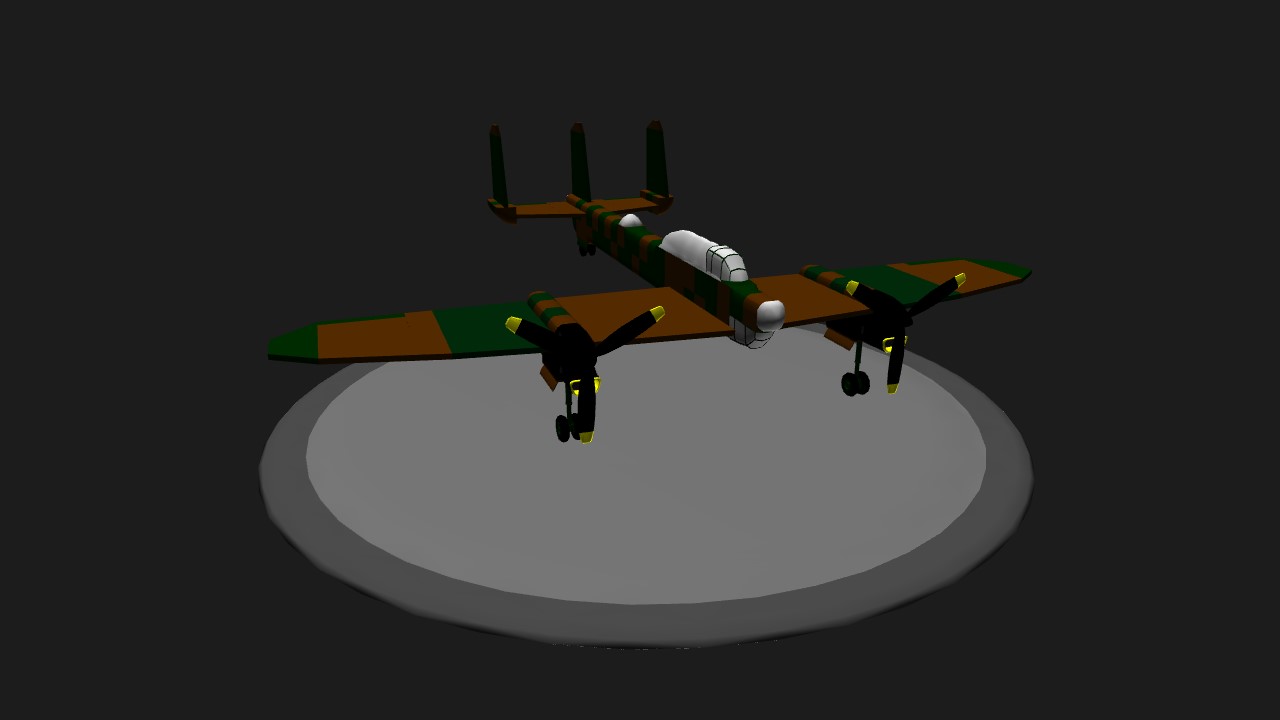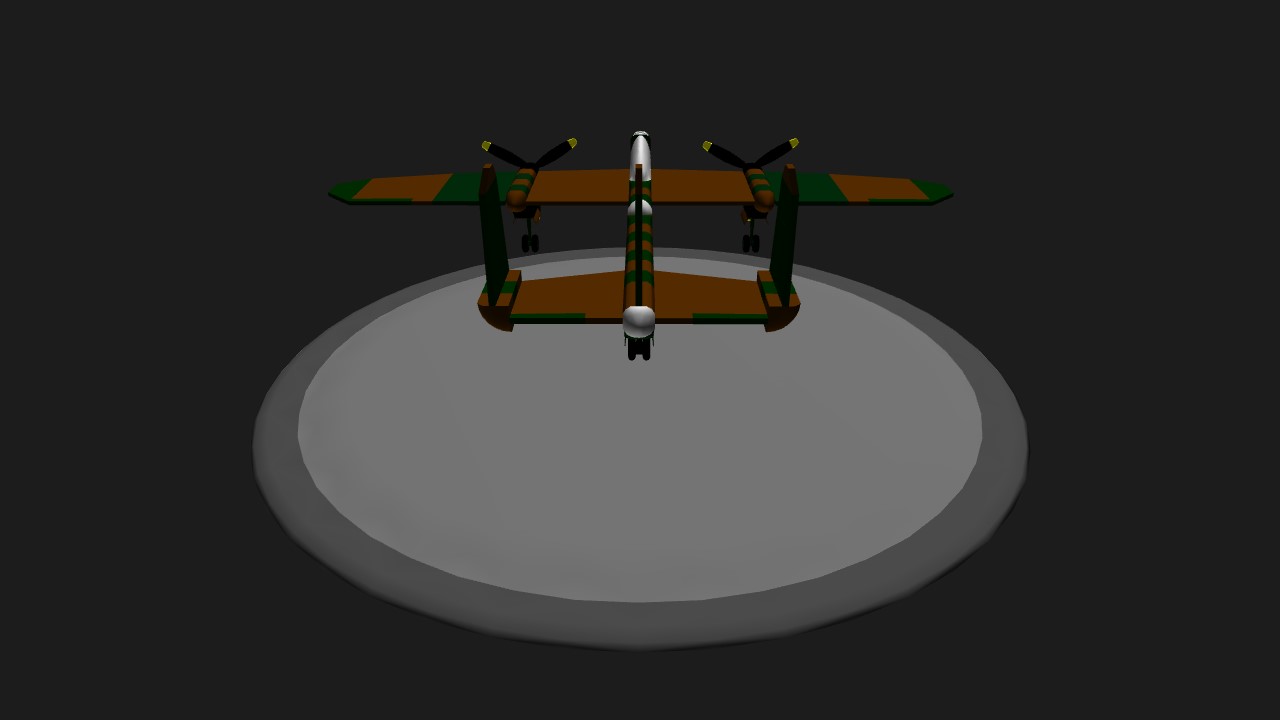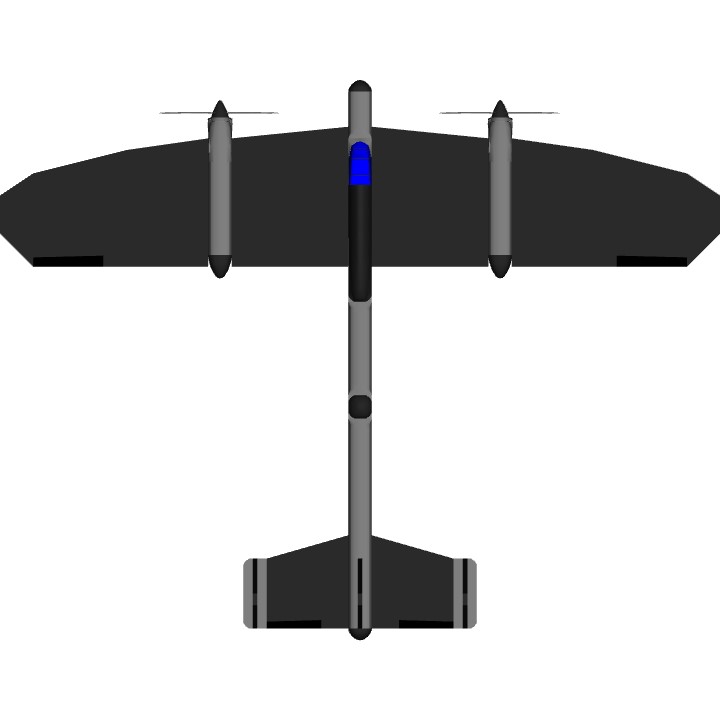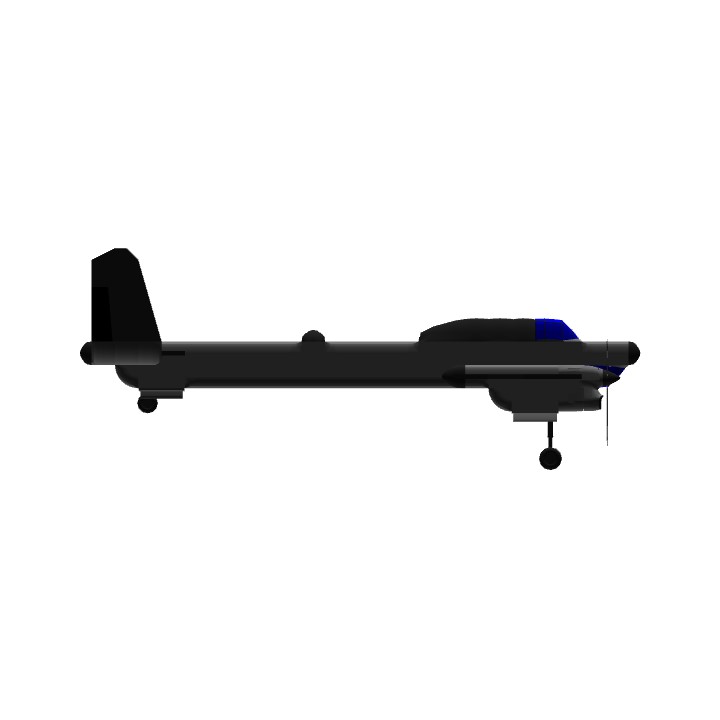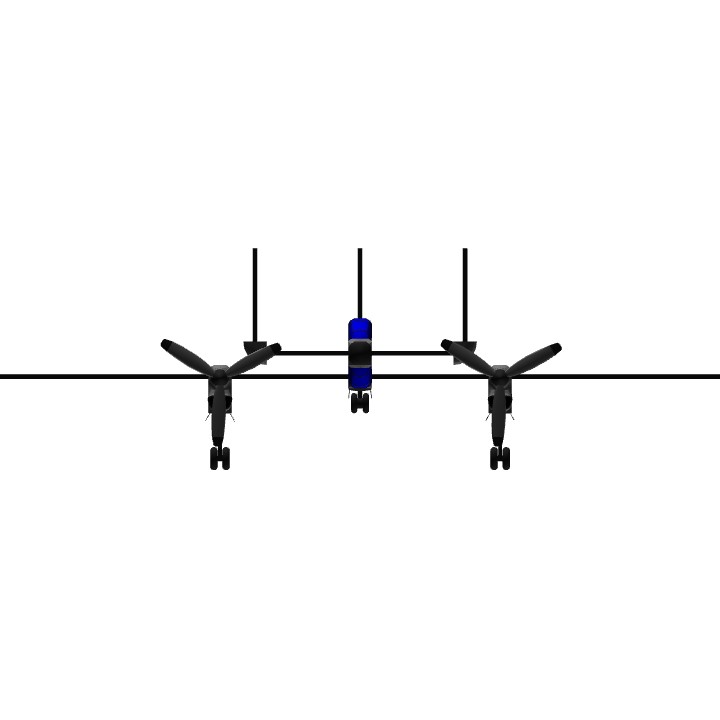This is the Avro Manchester Bomber and it was this aircraft that evolved into the lancaster. You can find the lancaster for download on my page. 1 and 2 activates the engines and vtol slider activates the propellor pitch. I hope you enjoy! Please rate for more ww2 planes like this and ill see what i can do! Aircraft history: In November 1936, the Air Ministry issued Specification P13/36 calling for a bomber capable of carry a load greater than 8,000lbs over 2,000 miles and powered by a pair of Rolls Royce X-Type engines then in development. It was also stated that the aircraft should be able to carry out dive-bombing at angles of up to 30-degees. From those designs proposed, Avro and Handley Page were ordered to produce prototype designs, but Handley Page withdrew its HP56 and proceeded with a four-engined version which eventually became the Halifax leaving Avro to proceed unopposed.
Because of the demanding specification, the Manchester was to have been an outstanding design; its enormous bomb-bay was unobstructed so that carriage of the 18ft torpedoes laid down by the Air Ministry was permissible. But it was the powerplants that were the Manchester's downfall. Rolls Royce, keen to produce as many Merlin engines as possible for other aircraft, could not devote as much development time as was necessary to the X-Type (or Vulture as it was later named). The Vulture was a complex engine - effectively two Peregrine engines joined together (one inverted on top of the other) driving a single crankshaft and with an intricate lubricating system.
Specifications
Spotlights
- Ryn176 8.1 years ago
General Characteristics
- Created On iOS
- Wingspan 50.6ft (15.4m)
- Length 39.4ft (12.0m)
- Height 15.5ft (4.7m)
- Empty Weight 6,668lbs (3,025kg)
- Loaded Weight 8,641lbs (3,919kg)
Performance
- Horse Power/Weight Ratio 0.393
- Wing Loading 16.8lbs/ft2 (82.0kg/m2)
- Wing Area 514.3ft2 (47.8m2)
- Drag Points 2947
Parts
- Number of Parts 94
- Control Surfaces 7
- Performance Cost 340

